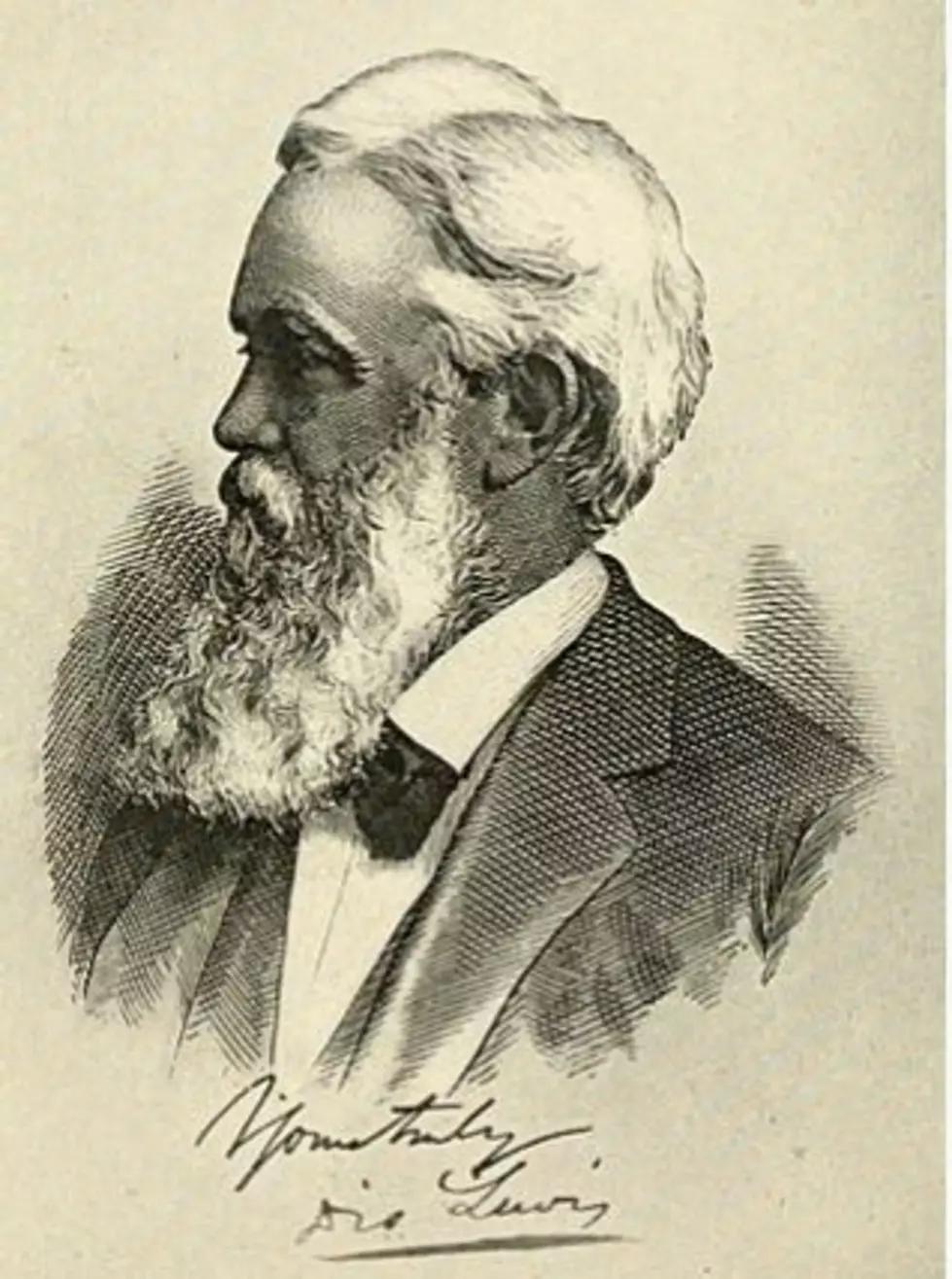
Harmon’s Histories: Could uncovered, free-flowing hair prevent baldness?
By Jim Harmon/Missoula Current
Ah, if only I had known about Diocletian Lewis.
I might today be a man with a full head of hair, rather than a shallow remnant of a male with hardly a single follicle in working order.
In 1873 (that’s right, 1873), Lewis theorized the cause of male baldness to be the covering of one’s head with caps or hats or any kind of top covering.
The worst of those top coverings, he declared, was the “common black stiff hat, as impervious as sheet iron, (which) retains the heat and perspiration.”
In a syndicated newspaper article printed in Montana newspapers, Lewis likened a man’s poor little hair glands to a seed wheat and its relationship to the plant above ground.
The man’s head becomes so weak “from the presence of the moisture and heat (it becomes) too weak to sustain the hair (which) falls out and baldness exists.”
Lewis claimed “a fur cap is known to produce complete baldness in a single winter.”
Good grief!
In further support of his theory, Lewis pointed out that women “are never bald.” Sometimes, he conceded, women may lose some hair “from long and continued headache, heat in the scalp, bad hair dressing or some other causes, but with all of these causes combined, you never see a woman with a bare, shiny bald head!”
So at this point, it’s fair to ask, “Who the heck is Dio Lewis, and what credentials does he present in support of his theorizing?”
A quick check reveals Lewis was quite an academic at a very young age. As a 12-year-old, he was forced to leave his schooling to work in factories, some producing cotton, others making axes and hoes.
Amazingly – at age 15 – he used what he had learned to begin teaching school. By age 18, he created a school in Ohio with a curriculum that included Greek, Latin, geometry and algebra.
A few years later, having studied medicine, he began practicing as a physician although he had never received a degree. Following that, he went on the lecture circuit, pontificating about “hygiene, temperance and physiology,” as well as developing exercise routines for “those who most needed it: boys; old, fat or feeble men; and girls and women.”
But let’s return to the topic at hand: hair, or the lack thereof.
Dio Lewis believed that a man, with his hair “not plastered down, but thrown up loose and light, could no doubt go to the north pole, so far as that portion of his person is concerned, without any artificial covering."
Yet, he lamented, “we men wear immensely thick fur caps, and what amounts to sheet-iron hats, and do not dare to step out in a chilly atmosphere a moment, lest we take cold.”
“The Creator,” argued Lewis, “knew what he was about when he covered a man’s skull with hair. It has a very important function in protecting the brain.”
“Baldness is a serious misfortune. It will never occur in any man who will wear such a hat as I do – a common black silk hat with five hundred holes through the top, so that there shall be more hole than hat.”
“More holes than hat?” What the ... ?
OK, this is where I must step off the train, don my aluminum-foil headdress, and toddle to the nearest hollow square for a stiff shot while I contemplate the errors of my ways. See you next week!
Jim Harmon is a longtime Missoula news broadcaster, now retired, who writes a weekly history column for Missoula Current. You can contact Jim at harmonshistories@gmail.com. His best-selling book, “The Sneakin’est Man That Ever Was,” a collection of 46 vignettes of Western Montana history, is available at harmonshistories.com.
